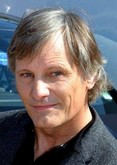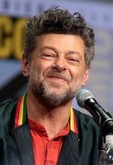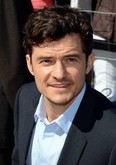
The Lord of the Rings: The Two Towers (2002)

Raiting: ![]() 8,8 /10
8,8 /10
Genre: Adventure
Director: Peter Jackson
Stars: Elijah Wood, John Rhys-Davies and Viggo Mortensen
Country: New Zealand / United States
Release date: 18 December 2002
Length: 179 minutes / 223 minutes (extended edition)








